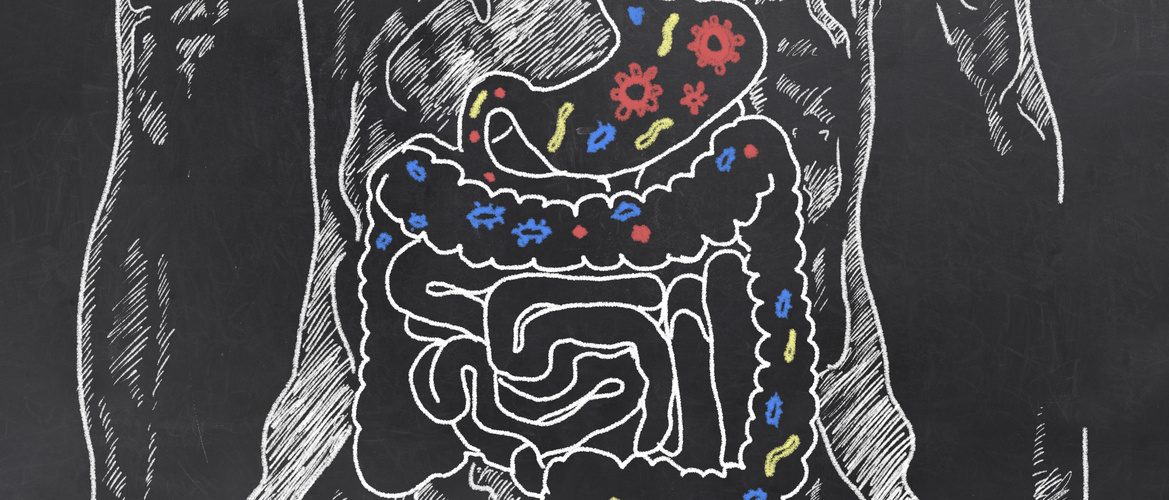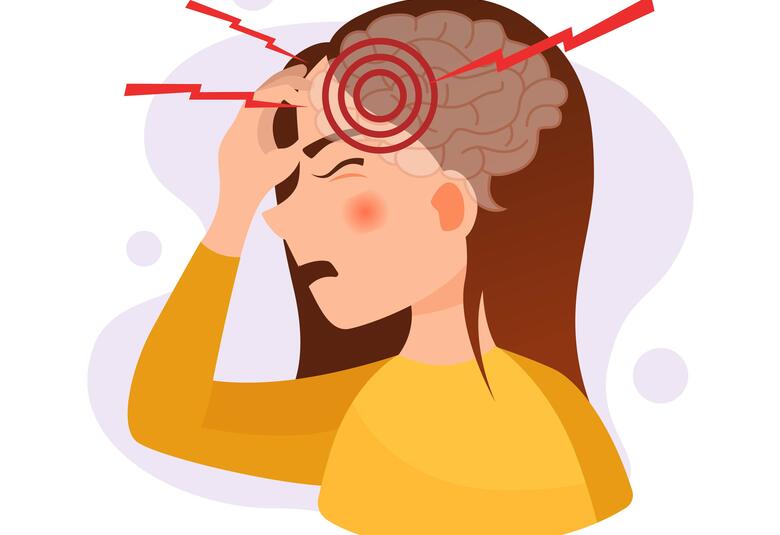|
The role of the gut and its microbiota in neurodegenerative diseases has gained a lot of attention over the years. In Alzheimer’s disease (AD), the hypothesis is that increased gut permeability enables lipopolysaccharide (LPS) and other toxins produced by the gut microbiota to enter the circulation and thence the brain, where they trigger inflammation and β-amyloid deposition.1,2 Evidence to support this hypothesis were presented by experts at the 2019 Alzheimer’s and Parkinson’s Diseases Congress (ADPD) in Lisbon, Portugal.
|
Bacteria comprise 98% of the human microbiota, which outnumbers the one trillion host cells by 100 to 1.2 The ratio of microbiota genes (the microbiome) to host genes is 150 to 1.2 The microbiota is the largest ‘diffuse organ system’ in the human body and the microbiome has been described as our second genome, stated the speaker.
Changes in the GUT MICROBIOTA have been linked to neurodegenerative diseases
An intricate and interlinked symbiotic relationship with many bidirectional pathways exists between the host and the microbiota, which changes throughout life, explained the presenter. The microbiota-gut-brain axis refers to the bidirectional communication between the gut microbiota and the brain.3
LPS appears to trigger inflammation and β-amyloid deposition
Changes in the gut microbiota have been linked to a number of neurodegenerative diseases, including Parkinson’s disease and AD.4 The pathways are not clear, but appear to involve LPS in the outer membrane of Gram-negative bacteria and other bacterial proinflammatory toxins.5 Increased gut permeability could enable LPS to enter the circulation and thence to cross the blood–brain barrier and enter the brain, where β-amyloid triggers AD pathology, suggested the speaker. Indeed, LPS levels in anatomical regions of the brain involved in AD are increased in patients with AD compared with healthy controls.1 Moreover, ageing and disease can increase the permeability of the gastrointestinal tract and blood–brain barrier, which may increase the likelihood of toxins from gut microbiota entering the circulation and the brain.2 In addition, anaerobic Gram-negative bacilli in the gut microbiota, such as Bacteroides fragilis and Escherichia coli, can secrete the proinflammatory toxins amyloid, endotoxin, LPS, and small non-coding RNAs.1
Ageing or disease can increase gut permeability so toxins can enter the circulation
Microbiome-derived LPS is associated with specific downregulation of neurofilament light polypeptide, leading to loss of arborisation of neurons in AD.6 Bacterial LPS can be detected in brain lysates from the hippocampus and superior temporal lobe neocortex of AD brains in higher amounts than in age-matched controls.1 In addition, human neuronal-glial cells incubated with LPS exhibit significantly decreased output of DNA transcription products.6
Microbial metabolites, protein segregation and neuroinflammation contribute to the neurodegenerative pathway and potential triggers might be an immune response mediated by LPS or microbial metabolites travelling down the vagus nerve .7 The term MAPRANOSIS – Microbiota Associated Proteopathy And Neuroinflammation + osis – was proposed in 2017 to describe the process.4
A specific subset of the gut microbiota may promote brain inflammation
The abundance of proinflammatory gut microbiota Escherichia/Shigella is increased in patients with cognitive impairment and brain amyloidosis when compared with β-amyloid-negative patients and controls.5,8 In contrast, a decrease in the abundance of the anti-inflammatory Eubacterium rectale is observed in patients with cognitive impairment and brain amyloidosis.8
These findings are associated with higher blood levels of the proinflammatory cytokines interleukin (IL)-1β, IL-6, chemokine ligand 2 (CXCL2), and nucleotide-binding domain, leucine-rich-containing family, pyrin domain-containing-3 (NLRP3);5,8 and a lower blood level of the anti-inflammatory cytokine IL-10 in patients with cognitive impairment and brain amyloidosis.8
Inflammation may be key in AD pathogenesis
Decreased gut microbiota diversity and a distinct gut microbiota composition have been reported in patients with AD compared with age- and sex-matched controls, with an increased abundance of Firmicutes and a decreased abundance of Bacteroidetes and Bifidobacterium.4
Manipulation of the gut microbiota may prevent or halt neurodegeneration
The speaker explained how a low-fibre, high-fat diet can increase the abundance of Bacteroides fragilis




